A Physical Therapist Shares 13 Exercises for Psoriatic Arthritis Pain
April 24, 2023
Content created for the Bezzy community and sponsored by our partners. Learn More
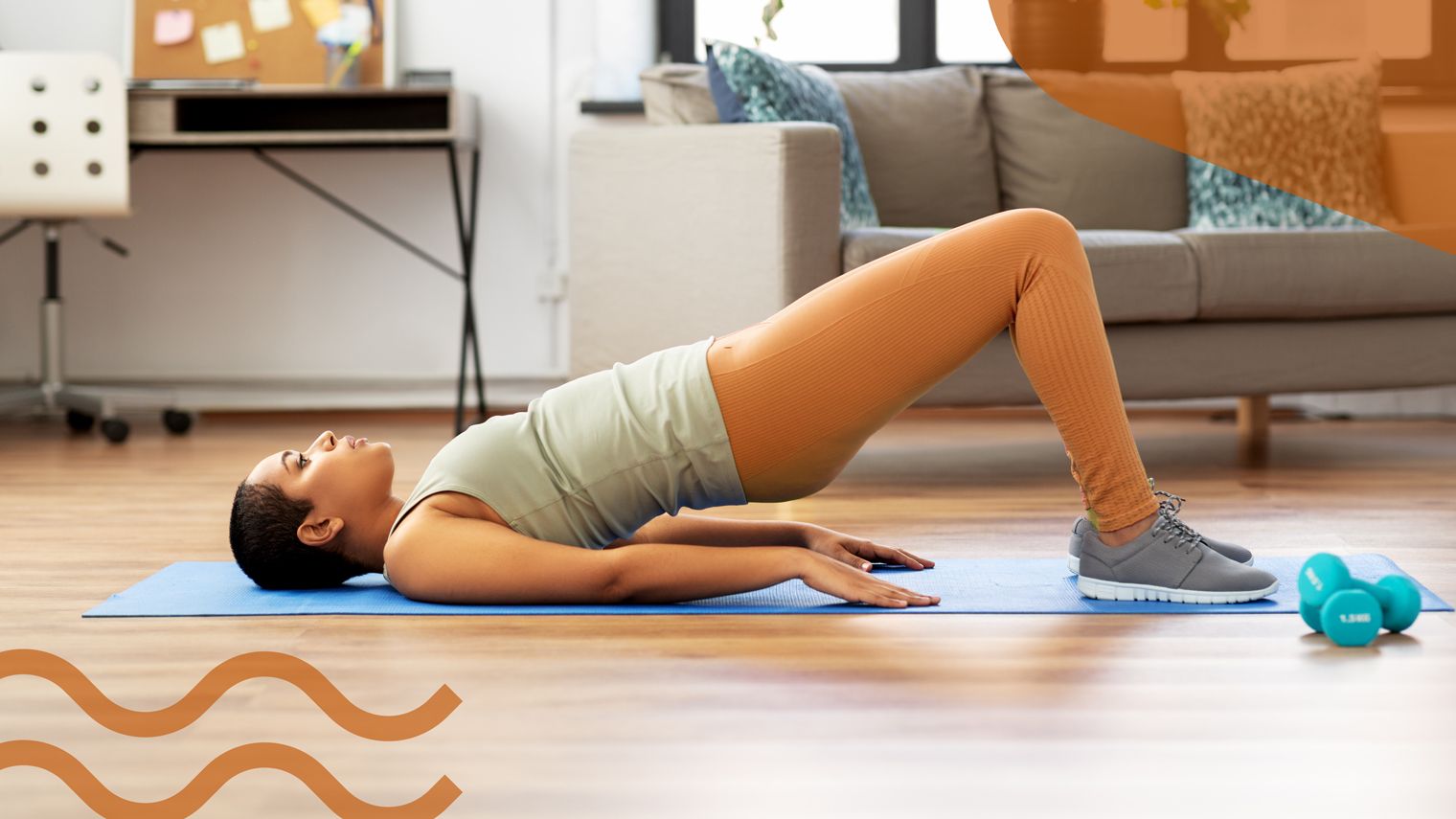
dolgachov/Getty Images
Gregory Minnis, DPT, is a physical therapist with an interest in orthopedic manual therapy. His work experience includes orthopedic physical therapy, sports medicine, neurological rehab, and advanced assessment and treatment of gait impairments, the pelvic complex, spine, and extremities.
Psoriatic arthritis (PsA) is an inflammatory disease with a wide range of symptoms — from common challenges with joint pain and stiffness to surprising issues like eye disease. While every person’s care plan is unique, PsA is generally managed by a combination of medication, supplemental treatments, and therapies.
Physical therapy is a good option if you have a lot of stiffness or mobility issues. While there isn’t much dedicated research into the effect of physical therapy on PsA, some studies have reported it improves disease activity, range of movement, pain management, and quality of life.
Related: Ask the Expert: How Does Physical Therapy Work for PsA?
“Because psoriatic arthritis can affect basically any part of the body, your exercise plan could include any number of things,” explains Gregory Minnis, DPT, a physical therapist (PT) with experience treating people with PsA. “It will depend on what joint or area of the body [the mobility issues] are in.”
We asked Minnis what exercises he utilizes when working with clients living with PsA. From your ankles to your wrists, these 13 PT-approved movements have the whole body covered — and you can do them from the comfort of your home.


Ankle exercises
It’s common for people with psoriatic arthritis to have heel and Achilles tendon pain.
“You don’t want to do a lot of aggressive stretching of the Achilles if it’s injured,” Minnis explains, “But trying to get some movement is healthy.”
Luckily, these are the types of exercises you can’t really overdue. Minnis recommends doing them every so often throughout the day, especially in the morning or before a physical therapy session. They’re an easy way to get a little stiffness relief.
Ankle circles
- Sitting in a chair or lying down, roll your ankle 10 times clockwise and then counterclockwise.
- Repeat on the other side.
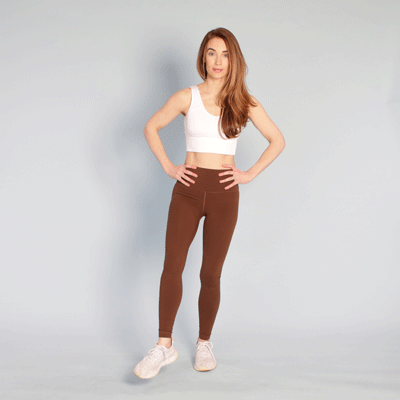
Ankle heel pumps
- Sitting in a chair or lying down, pull your toes up toward your head, then point them down, repeating 10 to 20 times.
- Repeat on the other side.
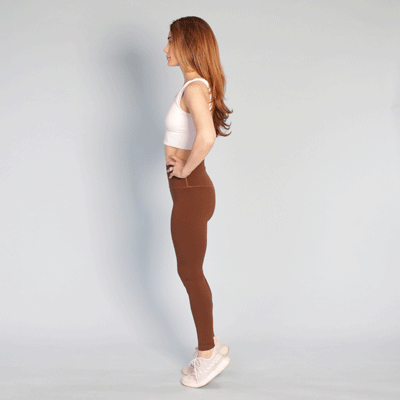
Knee exercises
PsA affects joints throughout the body, including the knees. Physical therapy can increase your range of motion and decrease your knee pain when you’re walking or standing.
Sit-to-stands
- Sit on the edge of a chair.
- Slowly stand up without the use of your hands if you’re able.
- Lower back down to sitting.
- Start by doing 10 reps or two sets of 5. If that’s easy, go up by two sets of 10 or three sets of 10.
“It’s like doing a modified squat, but it keeps you in better form,” Minnis says. “Because your knee joints won’t go over your toes, there’s no added stress on the knee joint.”
Bonus: it’s a super functional exercise for maintaining or improving your ability to get in and out of chairs.
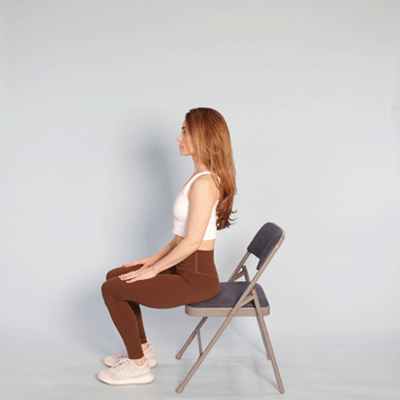
Straight leg raises
- Lay down on your back with one leg bent and the other straight.
- Engage your quadricep muscle and try to lift the straight leg until it’s about the height of your bent knee.
- Lower it back down.
- Repeat 5–10 times per side.
If you have difficulty doing a sit-to-stand, try doing these straight-leg raises instead. It’s also a good quadricep, hip flexor, and hip strengthening exercise.

Hip exercises
If you’re having issues any lower extremity issues, it’s really important to work on hip stability.
“With better hip stability, there’s not as much excessive joint movement in the hip, knee, and ankle when someone is standing and walking”, says Minnis.
Better stability can help with joint pain and overall movement quality. PT exercises aim to stabilize someone’s hip and entire lower body when they’re walking and standing.
Bridges
- Lay on your back with your knees bent.
- Push up through your heels, lifting your bottom off the floor.
- Hold for about 3 seconds at the top.
- Lower back down.
- Repeat 5–10 times.
This exercise helps strengthen your gluteus maximus, which is essential for hip stability and mobility.
“I also like doing bridges with a band around the knees, like a Theraband, and having the patient lightly resist the band as they bridge,” Minnis adds.
Using a band helps fire up your gluteus medius and other hip abductors, which is also good for hip stabilization.
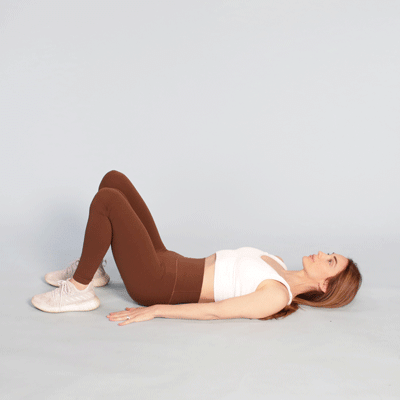
Side-lying leg lifts
- Lay on your side with your spine, pelvis, and legs straight and in alignment.
- Lift your top leg slowly, about 12 inches off the other one.
- Lower it slowly back down.
- Repeat 10–15 times, then switch to the other side.
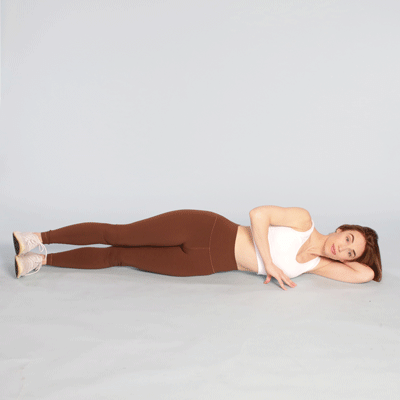
Clamshells
- Lay on your side with your spine, pelvis, and legs in alignment and your knees bent.
- Keeping your feet touching, raise your top knee as high as possible without shifting your hips.
- After a pause, lower your leg slowly back down.
- Repeat 10–15 times, then switch to the other side.
Make sure to engage your abdominal muscles, and don’t lift your lower leg off the floor. This exercise strengthens your gluteus medius, the hip abductors, and the hip external rotators.
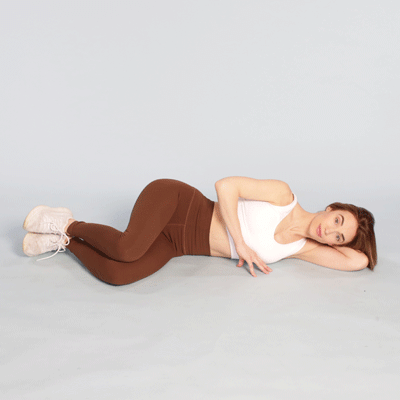
Upper body exercises
The scapular area and the upper back work similarly to the hip and the lower body, Minnis explains. If you have a strong upper back and shoulder blades, then you’ll have a stronger base for your shoulder, elbow, and wrist to work from.
“This is pretty mellow, low impact stuff, just to get increased mobility,” says Minnis.
Scapular retraction
- Squeeze your shoulder blades back and down slightly.
- Hold for about 5 seconds.
- Relax and repeat 5 times.

Posterior shoulder rolls
- Bring shoulder blades up, back, and around.
- Repeat 15–20 times.
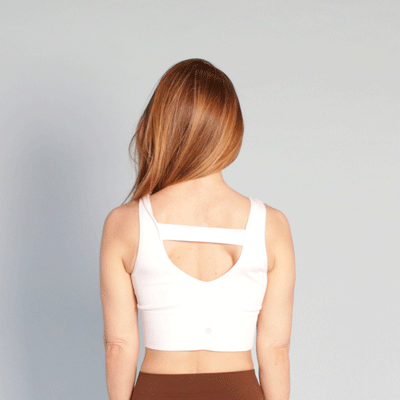
Standing Y
- Stand with your back against the wall. Make sure your hips and spine are aligned.
- Lift your arms until your thumbs hit the wall.
- Lower your arms back down and repeat 5 to 10 times.
It’s important to make sure you don’t overextend your back. And don’t worry if you can’t hit the wall with your thumbs — as long as you’re trying to lift your arms in that direction, you’re working on that shoulder mobility.
The standing Y has another benefit, too: “I really like this exercise because it encourages good posture,” Minnis says.
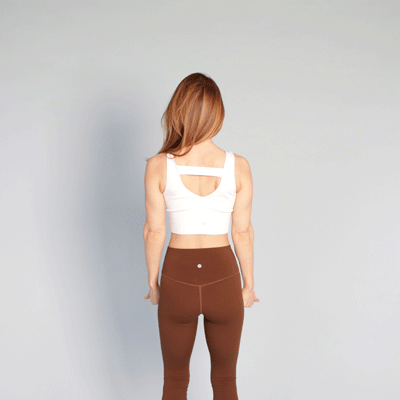
Wall T
- Stand with your back against the wall, keeping your hips and spine aligned.
- With your arms extended shoulder height in a “T” shape, gently push your hands and upper back into the wall.
- Hold for 5–10 seconds.
- Relax and repeat.
The wall T is an isometric exercise because you’re pushing into something that isn’t going to move. It’s good for your core, trunk, shoulders, and upper back.
“This exercise is simple and shouldn’t cause pain for your postural stabilizers,” Minnis explains. “If you can’t stand or walk as much, the muscles that keep you erect and upright will become weak, and this is an easy way to try to strengthen them.”
You can modify it by sitting in a chair instead of standing.
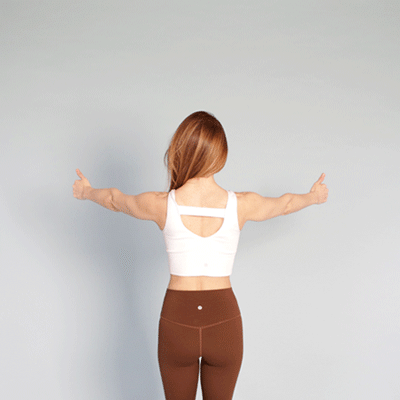
Wrist exercises
Good wrist extension is vital. Without it, you’ll lose much of your grip strength, Minnis explains.
If you have difficulty extending your wrist, try keeping it in gentle motion as much as possible, so it doesn’t get even stiffer.
Prayer stretch
- Keep your hands together and drop your wrists until you feel slight tension or a stretch.
- Hold for 5–10 seconds, and then relax.
- Repeat 3–4 times.
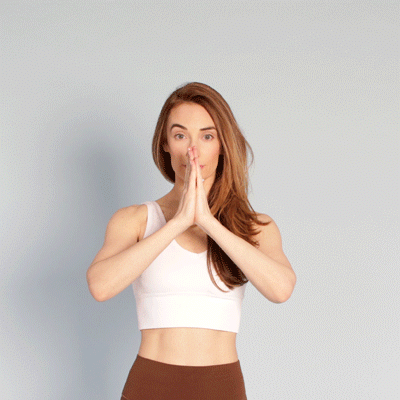
Wrist circles
- Circle your wrists clockwise 10–15 times.
- Reverse the direction, circling your wrists counterclockwise 10–15 times.
“This simple exercise is beneficial after prayer stretches because they can sometimes compress the wrist joint,” Minnis says.
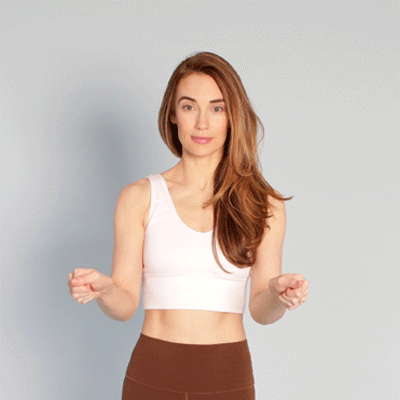
The takeaway
The main goal of physical therapy is to improve your quality of life by increasing flexibility, mobility, and joint stability. A physical therapist can help you select exercises based on where your PsA symptoms present in your body and will help track your progress and modify movements appropriately.
Your physical therapy routine may be challenging, but it should never be painful.
“With anything exercise related, if it causes a lot of pain, you have to stop doing it,” Minnis says. “We would look for ways to modify it.”
You know your body best. Tweak the rep count, modify the exercise, and change your routine as you see fit. Your physical therapy plan will be unique to your treatment goals.
Medically reviewed on April 24, 2023
2 Sources


Like the story? React, bookmark, or share below:
Have thoughts or suggestions about this article? Email us at article-feedback@bezzy.com.
About the author